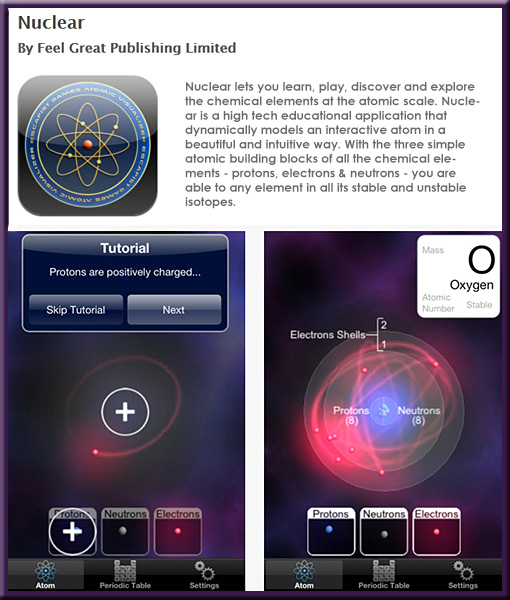Excerpt from Context: Your Work Enriched by the Smartest Minds — from blog.evernote.com
Good research happens in three phases. You recall what you know. You consult with someone. You search external sources. We’re applying our machine learning and augmented intelligence expertise to present you with all three research phases automatically, at the moment you need them, without ever leaving your workspace. As you work, Evernote is automatically looking for other information and content that might help you connect the dots/see the big picture. This content can take the form of other notes, people you might talk to or even relevant news sources.
In Evernote, every phrase informs our algorithms about what other content might help you further your project. We call this Context. It’s an extremely powerful new Premium feature coming soon to Evernote.
…
Your knowledge
Your team’s knowledge
Your network
The professionals: Possibly the most powerful new benefit that Context brings is a look at related information from premier news and information sources, including…
- The Wall Street Journal
- Factiva
- TechCrunch
- CrunchBase
- Fast Company
- Inc. Magazine
- PandoDaily
Also see:
- Evernote’s CEO: Siri and wearables are doing it wrong — from engadget.com by Devindra Hardawar; with thanks to Mr. Emory Craig for posting this on Twitter
Excerpt:
You can see this methodology in place with Context, the new Evernote feature that fetches articles related to your work. Links automatically appear at the bottom of your notes as you’re typing, alongside your past notes and those from your coworkers.
…
When you talk about anticipatory computing, it’s only a matter of time until the broader notion of augmented intelligence comes up.
…
There are already glimpses of it in Google Now, which is more of an anticipatory notification platform than a friendly assistant like Siri.























